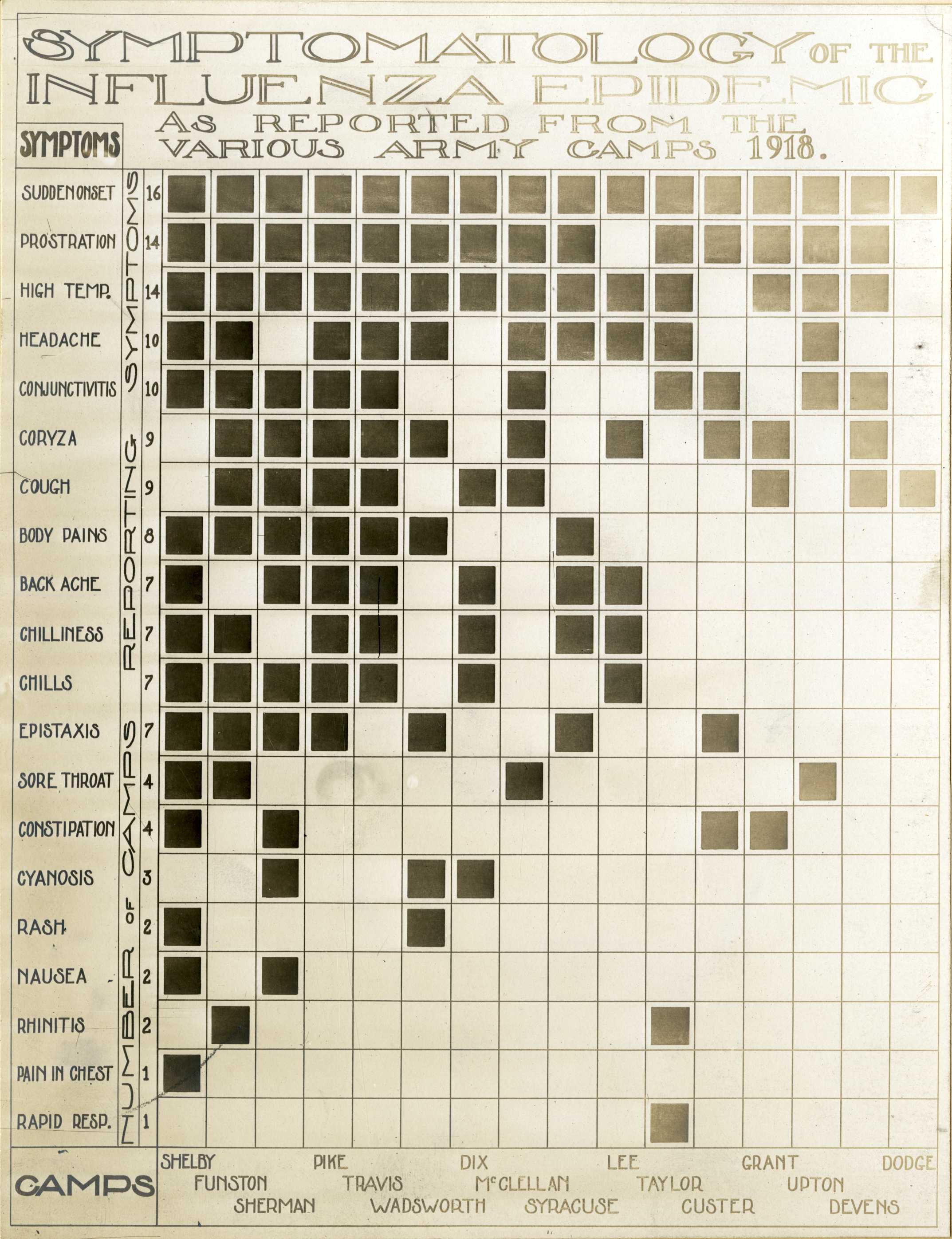
Photo from academic.microsoft.com
In 2014 over 400,000 articles were published in about 8000 journals that many regard as predatory.1 The term “predatory publishers” was first used by Jeffrey Beall of the University of… Click to show full abstract
In 2014 over 400,000 articles were published in about 8000 journals that many regard as predatory.1 The term “predatory publishers” was first used by Jeffrey Beall of the University of Colorado, who until recently documented this phenomenon on his blog and in an annual list.2 Although this term, and variants such as “predatory journals”, are widely used, they have been criticised.3e5 One problem is that the term predator may cover a spectrum of organizations, business activities and publications ranging from the amateurish but genuine to the deliberately misleading. As with other ethical questions, drawing a line between good and bad can be difficult. In this respect, defining predatory behaviour poses similar difficulties to defining other types of unethical behaviour, such as plagiarism. Most people would agree that retyping somebody else's article and submitting it to another journal under a false name is quite different from inadequately paraphrasing a few words from another author's properly cited work, yet it is hard to define exactly where plagiarism begins.6 Jeffrey Beall lists over 50 characteristics he used to identify predatory publishers and journals from their websites but notes that although these features usually reflect poor practice, they are not unambiguous criteria.2 One of the most concerning features of predatory journals is that they claim to peer review submissions to ensure their quality, but actually they do not (and will, in fact, publish anything so long as the authors pay the article processing charge). This misleading characteristic was well demonstrated by investigative journalist John Bohannonwho tested it by submitting clearly flawed manuscripts to over 300 journals, over half of which accepted them without proper scrutiny.7 Whatever we choose to call them, it is therefore impossible to deny that many journals have worryingly low standards and some appear to deliberately mislead authors, for example by referencing bogus impact factors or highjacking the titles of legitimate journals. Many of the companies on Beall's list are based in Asia, especially India (although a predatory characteristic is that they claim to be based in the West). Some have argued that researchers from developing countries are most likely to be the “victims” of such publishers.8 Indeed, Xia et al noted that those who published in predatory journals were mainly “young and inexperienced researchers from developing countries”.9 Others have noted that
Journal Title: Journal of Epidemiology
Year Published: 2017
Link to full text (if available)
Share on Social Media: Sign Up to like & get
recommendations!